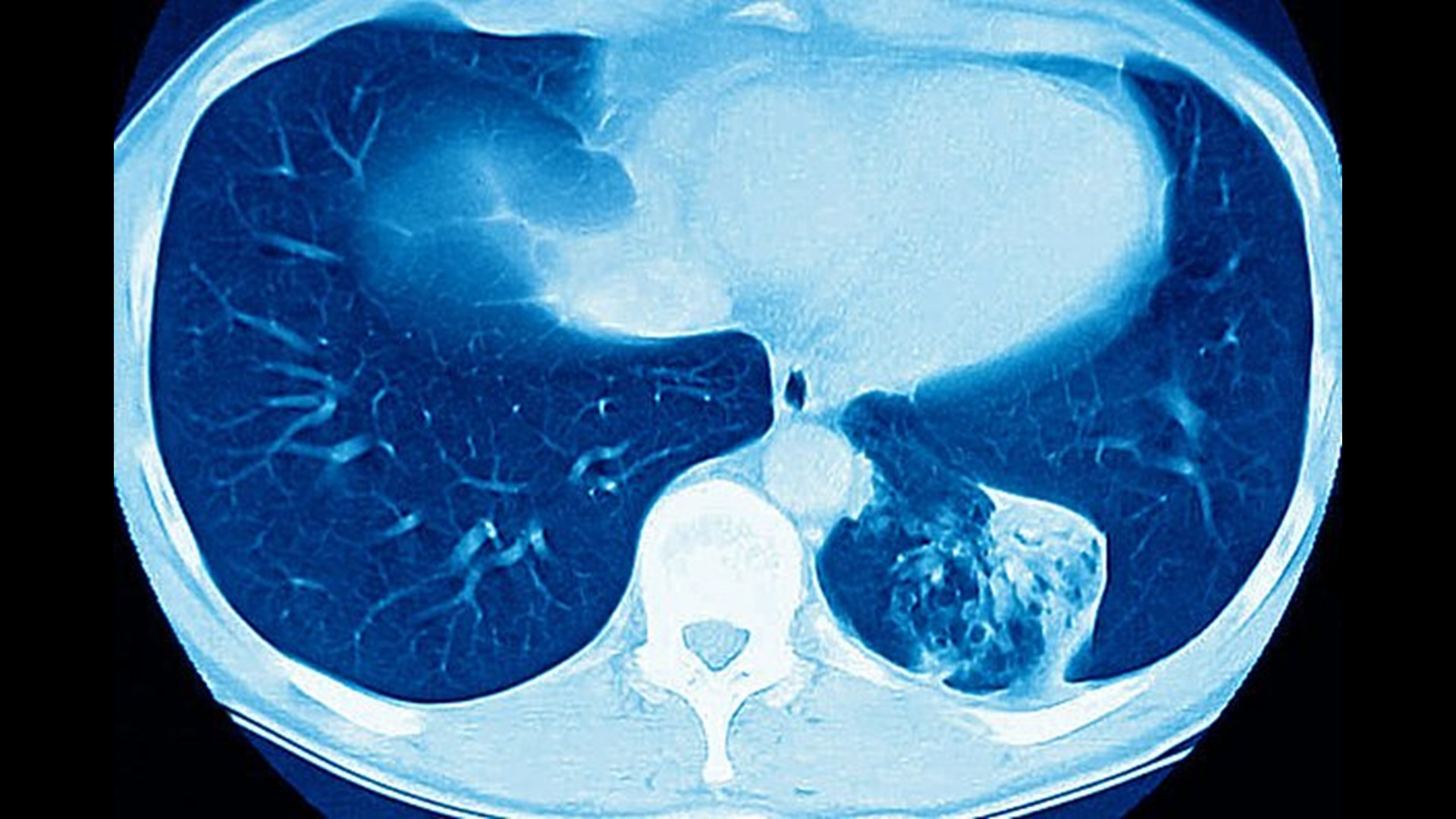HARRISBURG, Pa. — A new report released by the American Lung Association shows that Pennsylvanians are ranked above average for lung cancer screening and survival, but there is still work to be done.
The report released the morning of Tuesday, Nov. 15, examines different components and factors of lung cancer screening, racial disparities and environmental impacts that can contribute to the health of Pennsylvanians.
The fifth annual report states, “The lung cancer five-year survival rate is now 25% and increased 21% from 2014 to 2018. Here in Pennsylvania, the lung cancer survival rate is above the national average at 26.8% and above average for treatment at 17.5%.”
Michael Sielback, national assistant vice president for state public policy at the American Lung Association, said increasing the ability for eligible Pennsylvanians to get screened for lung cancer contributes to the survival rate, helping many residents live longer and healthier lives.
“There are several different risk factors for lung cancer, but the bottom line is if you have lungs there is a chance of lung cancer, and at this point, there is a tool available for certain subsets of the population for lung cancer screening for people that fit that criteria,” said Sielback.
The criteria for residents to be eligible to get screened for lung cancer are:
Have smoked a pack of cigarettes a day for the last 20 years, and
Smoke now or have quit within the past 15 years, and
Are between 50 and 80 years old.
Sielback said that many people of color meet these requirements, but data has shown many are not screened early enough—or at all.
The report states, “In Pennsylvania, Asian Americans or Pacific Islanders are least likely to be diagnosed early—17% less likely than white Americans at 21.9% compared to 26.5%.”
“Perhaps surprising to many people, the data suggest that Asian Americans and Pacific Islanders actually have the least likelihood of being diagnosed early for lung cancer, but we know probably for most people of color you’re seeing rates that are lower than their white counterparts,” said Sielback.
The report highlights that many people of color who are diagnosed with lung cancer face worse outcomes compared to white Americans. It states that Asian Americans and Pacific Islanders are less likely to be diagnosed early, less likely to receive surgical treatment and more likely to receive no treatment.
The report also outlines that many homes in Pennsylvania contain a high level of radon that residents can be exposed to, which can ultimately result in lung cancer in some cases.
Seilback said two in five homes in Pennsylvania can have emissions of radioactive gas, also known as radon, which has a big impact on indoor air quality and lung health.
“Radon is literally a radioactive gas so you wouldn’t smell it, you wouldn’t see it, but over a long-term exposure it could lead to tumor cancer growing within your lung tissue,” said Seilback.
For more information on this report and how treatment and survival in Pennsylvania rank in the nation, click here.
To find out if you are eligible for lung cancer screening visit SavedByTheScan.org.

